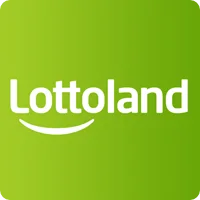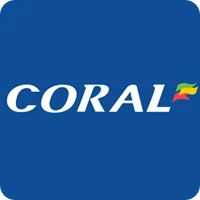The issue of funding in horse racing is one that is often discussed. Whether it’s from the point of view of racehorse owners, trainers or jockeys, all three groups seem convinced that the sport needs more money in order to survive.
While I’m in no doubt that the sport in the UK would greatly benefit from an increase in funding the use of the word “need” in this discussion is something I’m very wary of and often feel is misplaced.
Levy Funding
Since the 1960’s the sport has been funded via the levy system with the government collecting funding from UK licensed bookmakers via the Levy Board who do an exceptional job in circumstances that aren’t always easy with that money then being redistributed in various directions, including to but not limited to prize money for horse races.
The distribution of funding from the levy board is in part enshrined in law in as much as certain percentages have to go towards veterinary research, the preservation of native breeds of horses and ponies, grassroots racing (point-to-pointing, pony racing etc) and other such issues.
Bookmaker Levy
It’s probably pertinent to look at exactly what the levy is and how it’s calculated before looking at ways to increase it, whether it should be more or whether there’s other sources the sport could garner income from.
According to the Horserace Betting Levy Board’s website “The Levy is charged at the rate of 10% of the amount by which an Operator’s profits (calculated in accordance with s.27A of the Betting, Gaming and Lotteries Act 1963) on leviable bets for the Levy period exceed the exempt amount of £500,000. A leviable bet is defined in s.29A(1) of the 1963 Act as a bet which relates to horseracing in Great Britain when the bet is made.”
This seems pretty simple with races in Ireland, France, Hong Kong, the USA, Dubai, Australia etc. all featuring prominently in betting shops and at times on the two racing channels with any profit made from such races exempt from the levy.
It’s been suggested in the past that such bets should be subject to levy and I can in part see an argument for that assuming bets are struck by punters based in the UK but given the current political climate it’s hard to see their being the willingness from either of the two main political parties to make that happen.
Alternative Sources Of Income
I’ve been vocal elsewhere with regards to the areas of the racing and breeding industry that I feel don’t contribute enough to the sport.
One such area is the auction houses who have seen average takings, and presumably as a result profits, grow in recent years.
While a lot of focus has been on the lucrative horses in training sales in recent seasons the prestigious Tattersalls Book 1 sale has seen the aggregate increase from a little over £48mn in 2010 to over £126mn in 2022 while the average has more than doubled increasing from around £107,000 in 2010 to nearly £300,000 last year.
A 5% levy on that one sale alone, split between the vendor and the purchaser, would see over £6mn added to the prize money pot.
For context that would be enough to stage an extra 30 meetings each with a total of £200,000 in prize money, or for anyone inclined to work out when to stage such meetings near enough one every Sunday during the Flat season.
Book 1 isn’t the only Tattersalls sale to see an increase since 2010 with the Book 2 aggregate rising from £22mn to over £60mn in that time period, with the average nearly tripling while the less prestigious Book 3 has seen it’s aggregate increase more than fivefold to £11.5mn from £1.8mn in the same timeframe.
Tattersalls various October yearling sales are far from being the only sales to see profits grow since 2010 with Goffs UK branch, formerly Doncaster Bloodstock Sales seeing the aggregate for sales increase from £27.5mn in 2010 to just over £50mn last year.
The Goffs figure comes while selling nearly 900 fewer horses in 2022 compared to 2010 with the average price than than doubling in the 12 years period.
Again a 5% levy split between the vendor and the buyer would bring in around £2.5mn that could be added to prize money.
While it may seem like I’m picking on the auction houses here it’s only because they seem to do particularly well out of the UK racing and breeding industry but contribute little back.
The main argument I’ve seen used with regards auction houses’ contribution to the sport relates to the various sales races they stage and fund. However bookmaker sponsorship would dwarf such races if added to the levy etc. and it’s fair to assume that auction houses don’t sponsor sales races, generally restricted to horses purchased at their own sales for philanthropic reasons.
Future Funding
Going forward I’d personally like to see levels of funding agreed years in advance with the bulk of the funding coming from the levy and the rest made up to the best of their ability by other areas of the industry.
This could include, but not be strictly limited to auction houses, racecourses, studs and I’d hope to see the likes of the European Breeders Fund contribute more to the sport with their current annual contribution to UK racing (not necessarily all going into prize money) standing at less than £2mn.

































